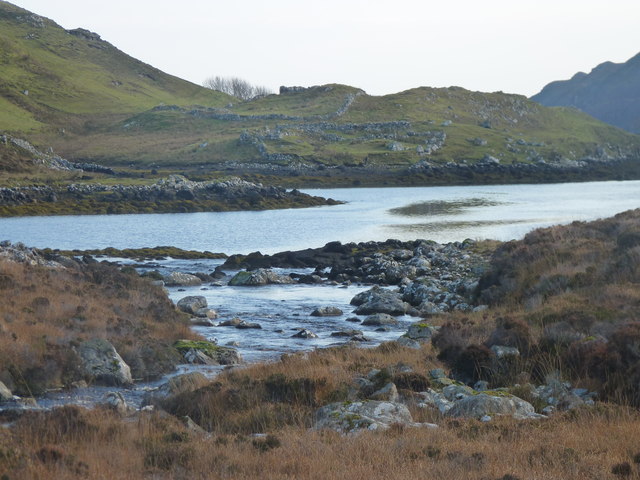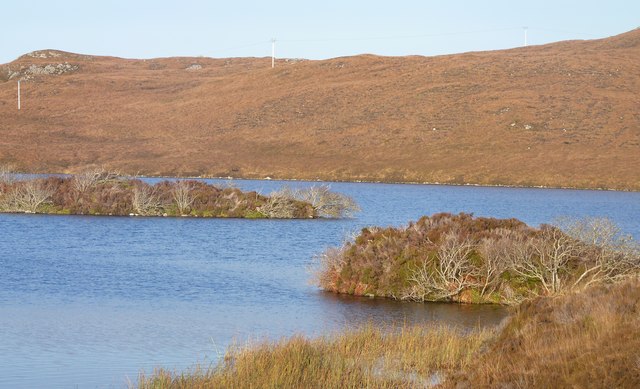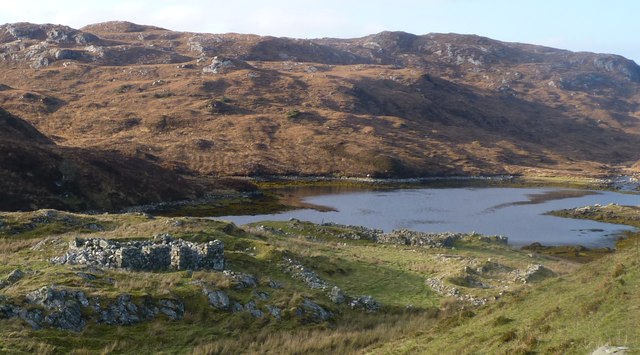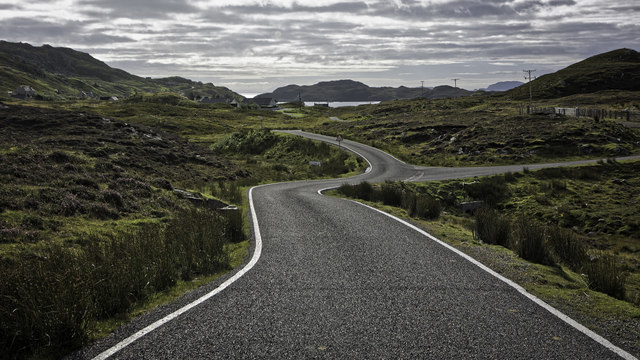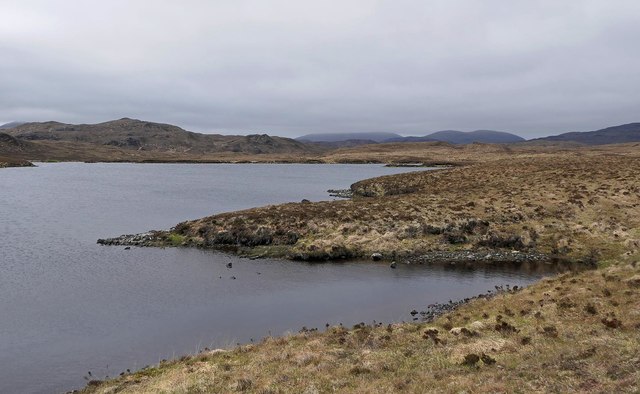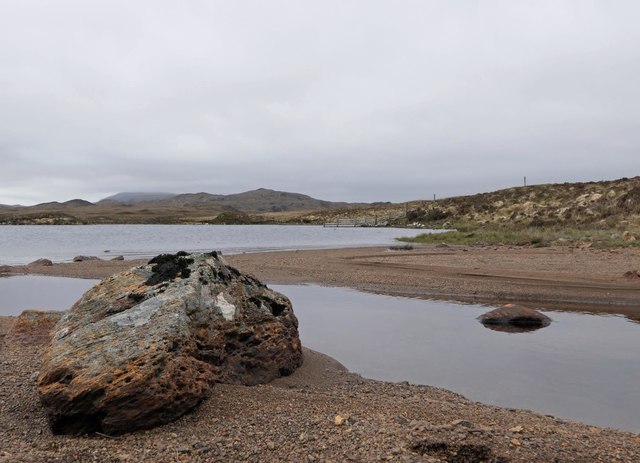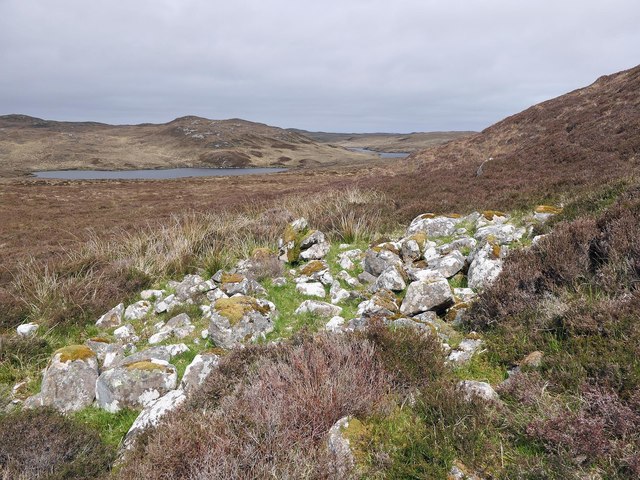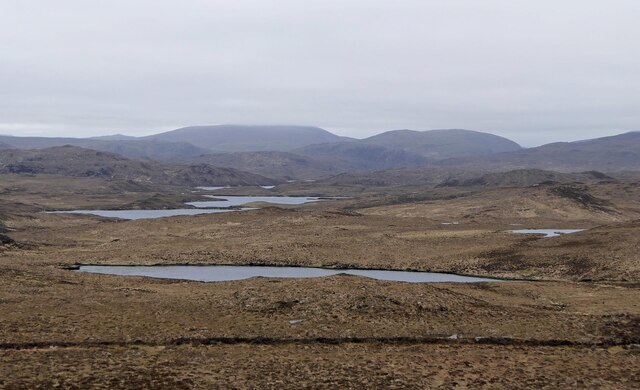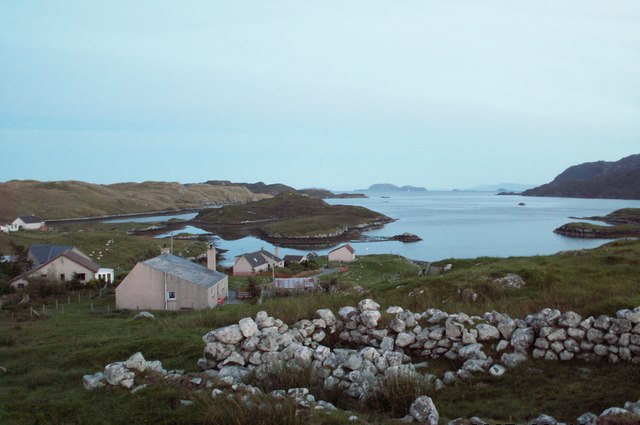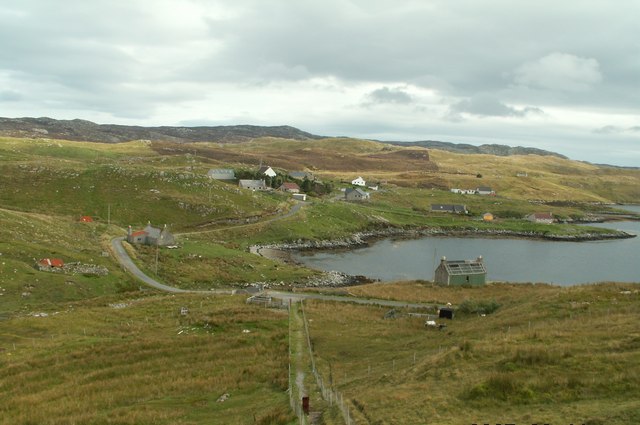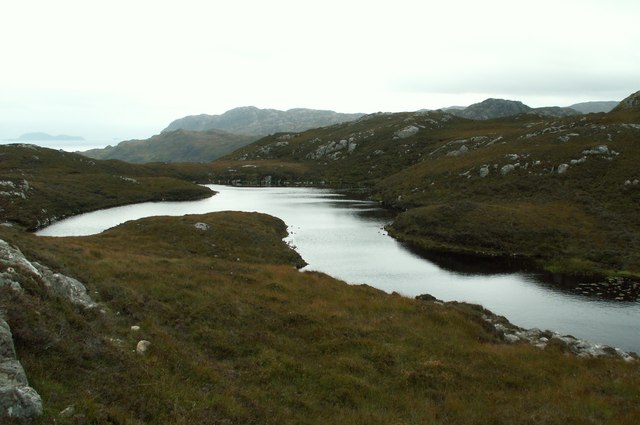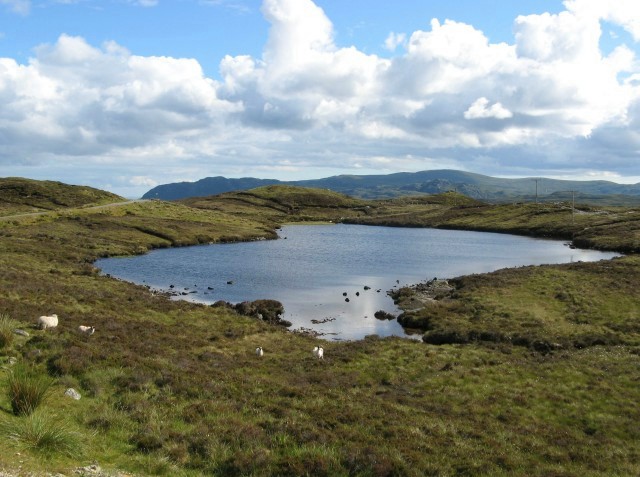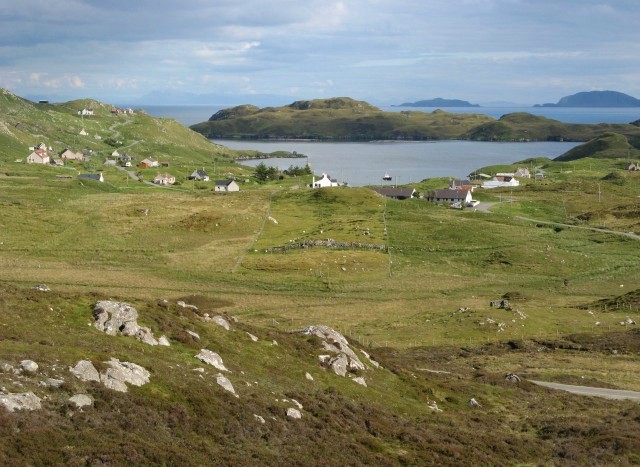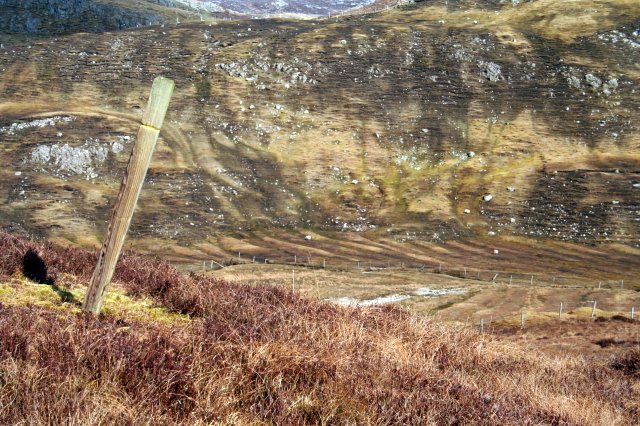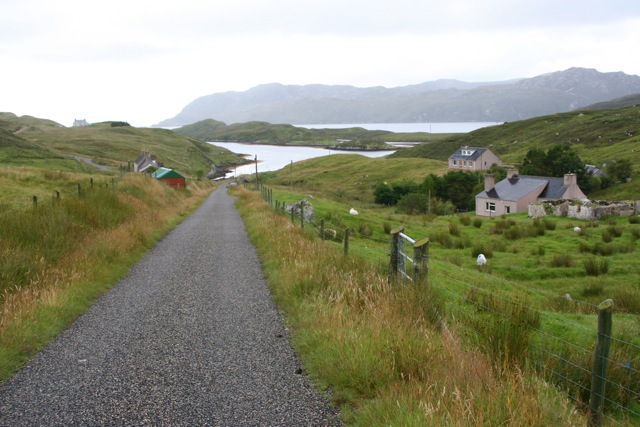Glen Orinsay
Valley in Ross-shire
Scotland
Glen Orinsay

Glen Orinsay is a picturesque valley located in the county of Ross-shire, in the Scottish Highlands. Situated in the northern part of the country, the valley is known for its stunning natural beauty and rugged landscapes.
The valley is surrounded by towering mountains, including the famous Ben Wyvis, which provides a stunning backdrop to the area. The River Orrin runs through the glen, adding to its charm and providing a serene and peaceful atmosphere.
The region is rich in wildlife, and visitors to Glen Orinsay have the opportunity to spot a variety of species in their natural habitat. Red deer, golden eagles, and red squirrels are just a few of the creatures that can be seen in the area.
Glen Orinsay is also home to several archaeological sites, including stone circles and burial mounds, which offer a glimpse into the area's ancient history. These sites are of great interest to historians and archaeologists, and provide valuable insight into the lives of the people who once inhabited the valley.
Outdoor enthusiasts will find plenty to do in Glen Orinsay, with opportunities for hiking, mountain biking, and fishing. The valley's rugged terrain and scenic trails make it a popular destination for those seeking adventure and a chance to immerse themselves in nature.
Overall, Glen Orinsay is a beautiful and diverse valley in the Scottish Highlands, offering visitors a chance to explore its natural wonders, learn about its rich history, and experience the tranquility of the countryside.
If you have any feedback on the listing, please let us know in the comments section below.
Glen Orinsay Images
Images are sourced within 2km of 58.021219/-6.4742435 or Grid Reference NB3512. Thanks to Geograph Open Source API. All images are credited.
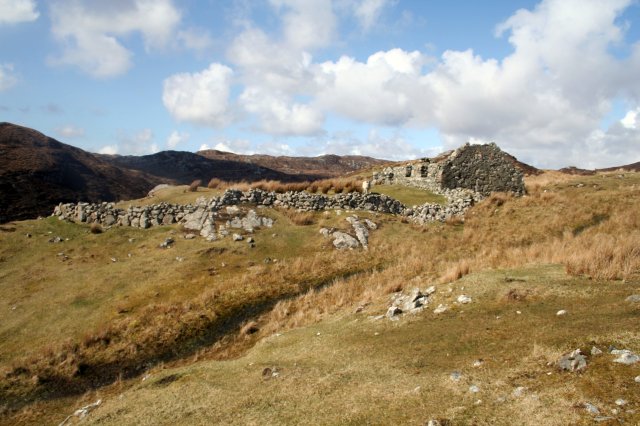
Glen Orinsay is located at Grid Ref: NB3512 (Lat: 58.021219, Lng: -6.4742435)
Unitary Authority: Na h-Eileanan an Iar
Police Authority: Highlands and Islands
What 3 Words
///lighter.reap.hourglass. Near Leurbost, Na h-Eileanan Siar
Nearby Locations
Related Wikis
Orinsay
Orinsay (Scottish Gaelic: Orasaigh) is a crofting village on the Isle of Lewis in the district of Pairc, in the Outer Hebrides, Scotland. The settlement...
Stiomrabhaig
Stiomrabhaig is an abandoned crofter's village on the Isle of Lewis in the Outer Hebrides. == History == The United Kingdom Census 1851 shows that the...
Eilean Liubhaird
Eilean Liubhaird or Eilean Iubhard is an island in the Outer Hebrides, to the east of Lewis. == Geography and geology == The rock is "gneiss bedrock with...
Gravir
Gravir (Scottish Gaelic: Grabhair), is a village on the shore of Loch Odhairn (a sea loch) in the Park district of the Isle of Lewis. Gravir is within...
Nearby Amenities
Located within 500m of 58.021219,-6.4742435Have you been to Glen Orinsay?
Leave your review of Glen Orinsay below (or comments, questions and feedback).
